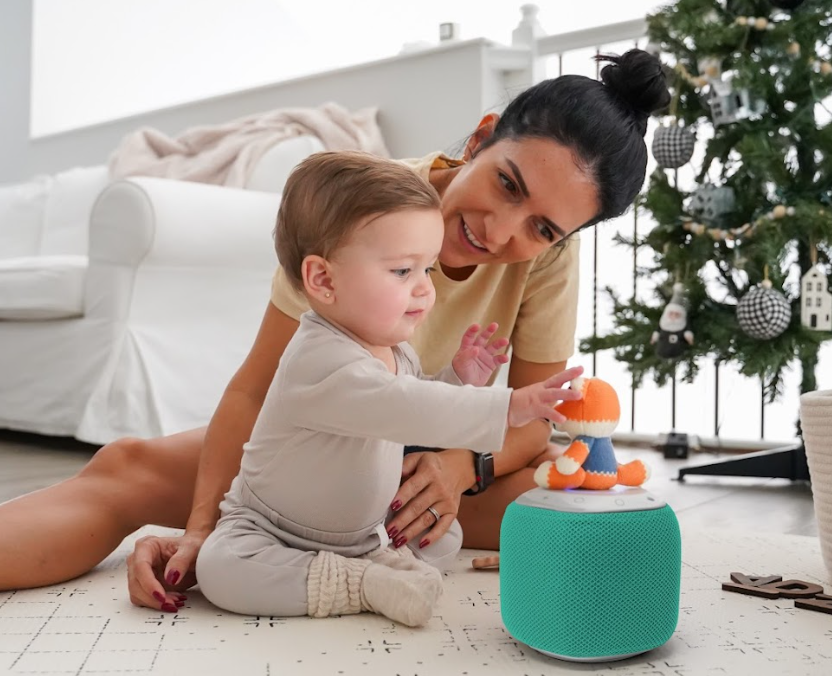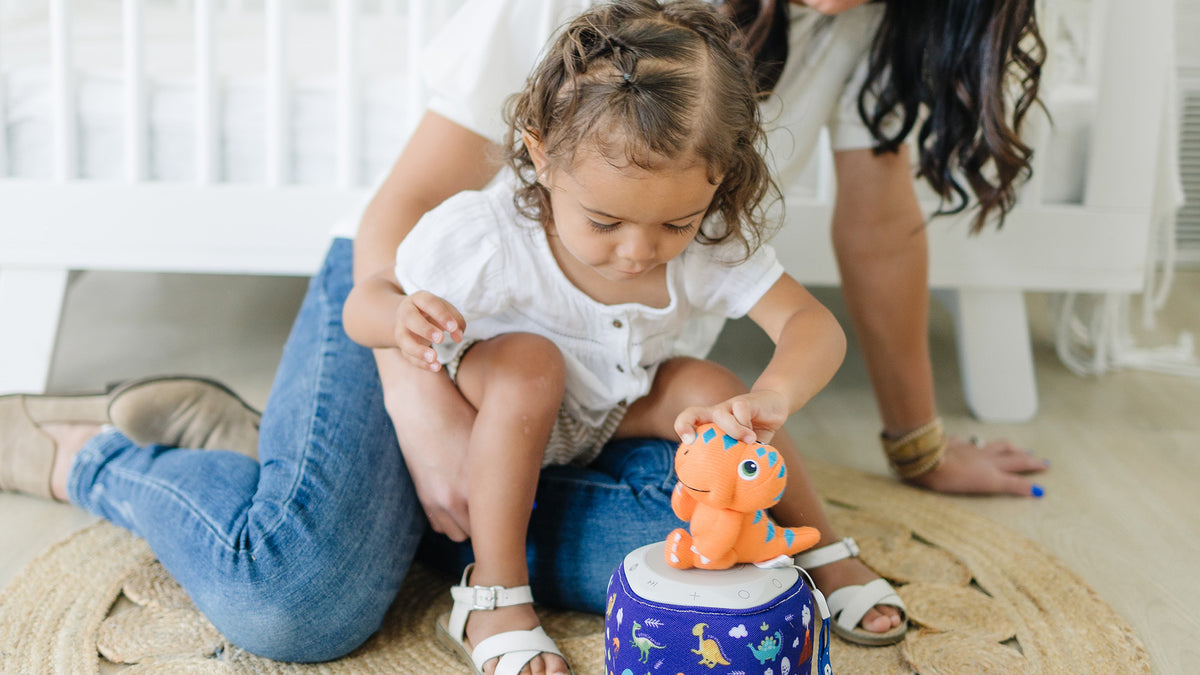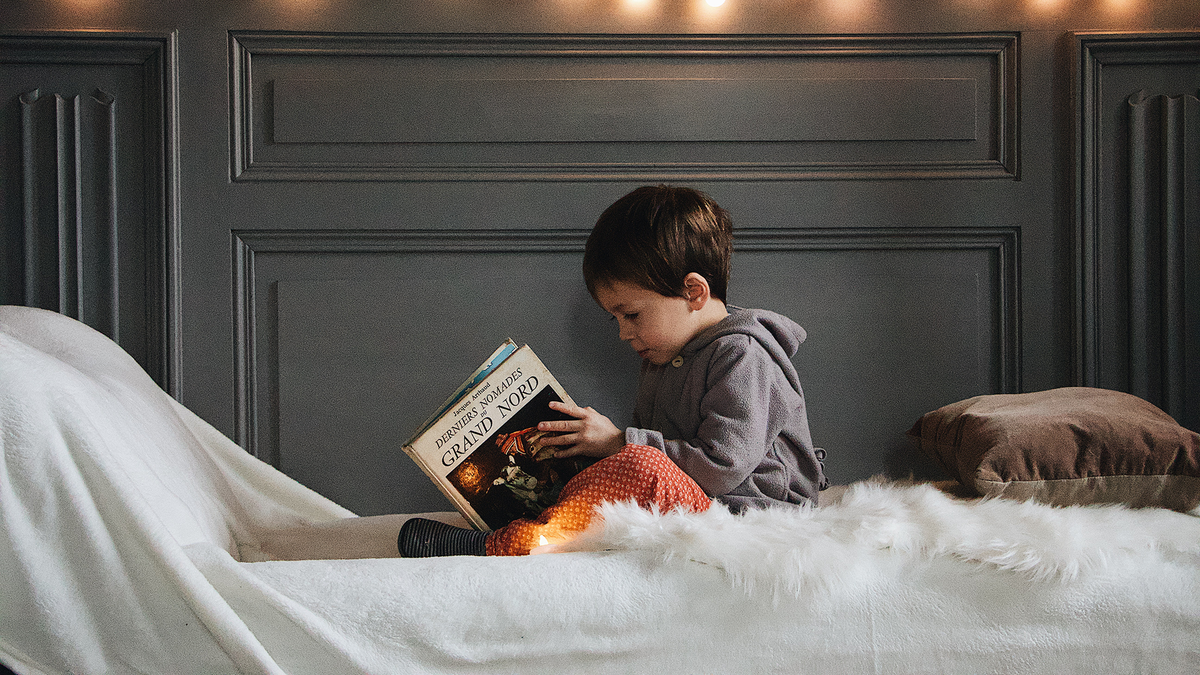Birthdays, holidays, doting grandparents, and everything in between — it's likely your child has a wealth of toys at their disposal given to them with the hopes of enrichment and engagement. And while playing with toys is certainly a great way for a young child to learn, too many toys can lead to overwhelm, overstimulation and, believe it or not, boredom. Fortunately, there's a simple solution!
Toy rotation is a strategy to keep children interested and engaged in their toys and playthings. The idea behind toy rotation is to periodically change the toys that are available to the child, bringing in new toys and putting away old ones, while keeping the total number of toys consistent. This helps to prevent boredom, encourages exploration, and can also support child development by exposing the child to a variety of experiences and stimuli.
Benefits of Toy Rotation
One of the main benefits of toy rotation is that it can help to keep a child's attention focused and reduce boredom. Children often tire of playing with the same toys, and rotating the toys helps to keep their play fresh and exciting. This can also encourage children to use their imagination and creativity, as they are presented with new challenges and opportunities for play. Furthermore, having a plethora of toys scattered about and available at all times can overstimulate your little one and lead to decision fatigue. Having a few options attractively displayed will increase the likeness that your child will choose an activity that will keep them engaged for longer.
How to Practice Toy Rotation
- Organize toys/activities into bins - Separate toys or small groups of toys into small bins or bags. Each toy does not need its own container, you can group small collections of toys together. For example, you could place a few cars, a track, and a couple of toy people in one bin for an imaginative play experience.
- Categorize the bins - Organize your bins into categories such as imaginative play, arts and crafts, construction, dress-up, educational, and so on.
- Pull out a bin from each category - Choose a bin from each of your categories to make available to your child for the week. Display it nicely on shelves or any area that is easily accessible.
- Put away the bins that are not in use - Place the bins that are not in use away until it's time to use them. Out of sight, out of mind!
- Rotate the bins at the end of the week - Switch out the bins at the end of the week. If there's a bin that your child is particularly interested in, it's ok to keep it in the next week's rotation, there's no need to be militant about this practice. The point is to keep your child engaged!
- Don't forget to teach them to clean up - Model good habits by helping your little one clean up their bins when they're finished with them. If you struggle with or don't want to clean as you go, make it a ritual to clean up the toy bins right before bedtime. At 1-years-old, your child will need help. Even if they can't do it completely independently, you'll be laying the foundation of good habits for the future by allowing them to help you as you clean.















